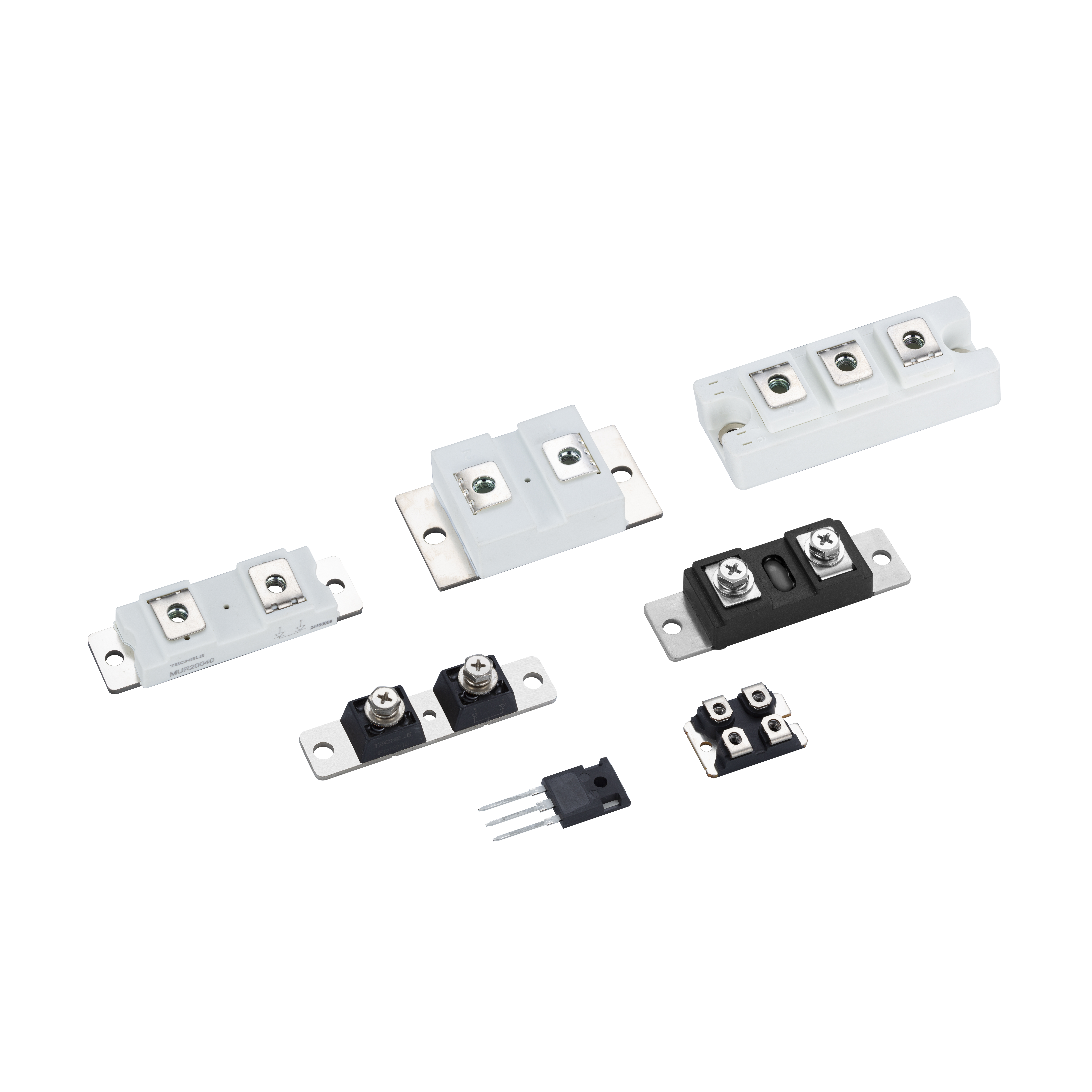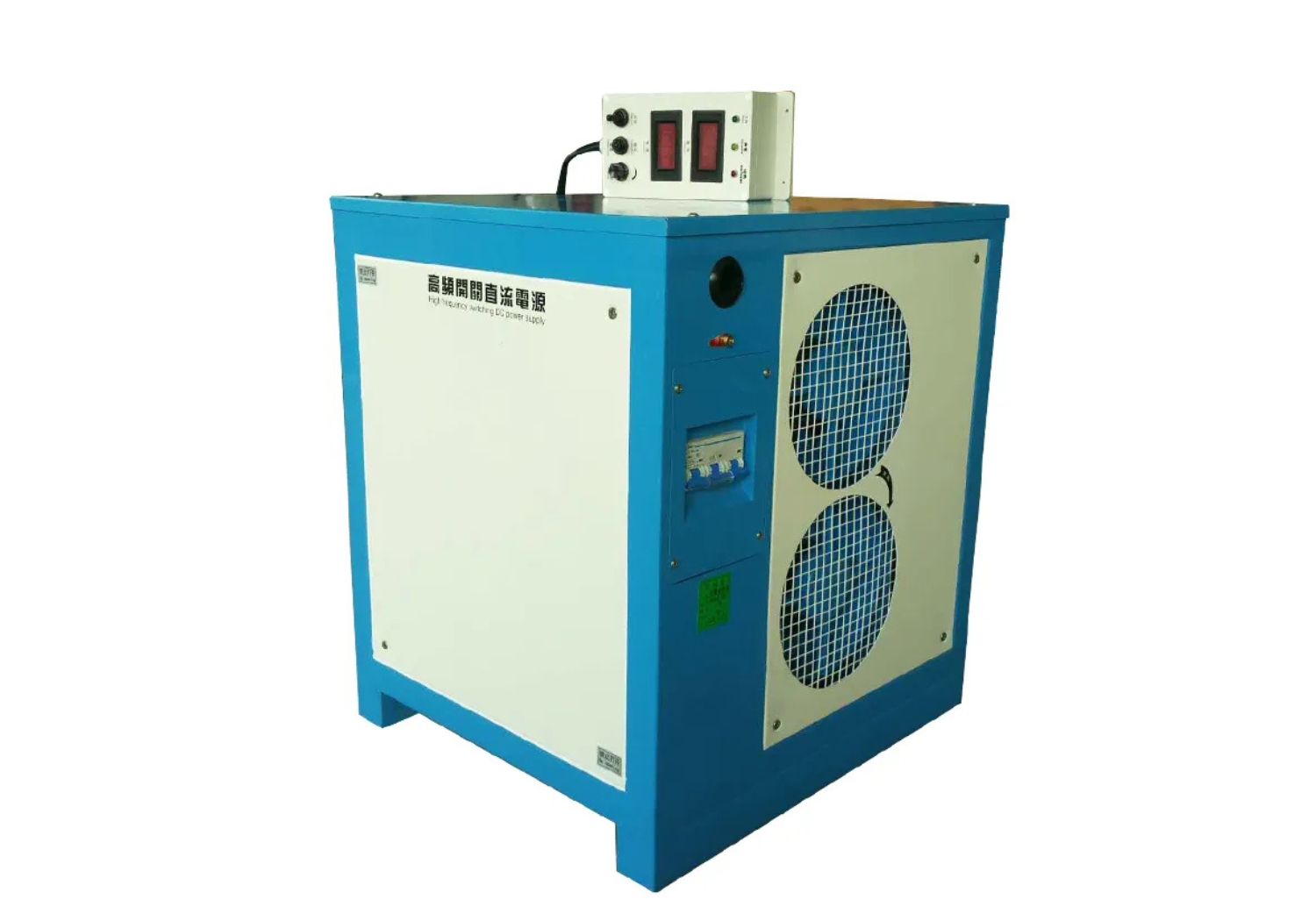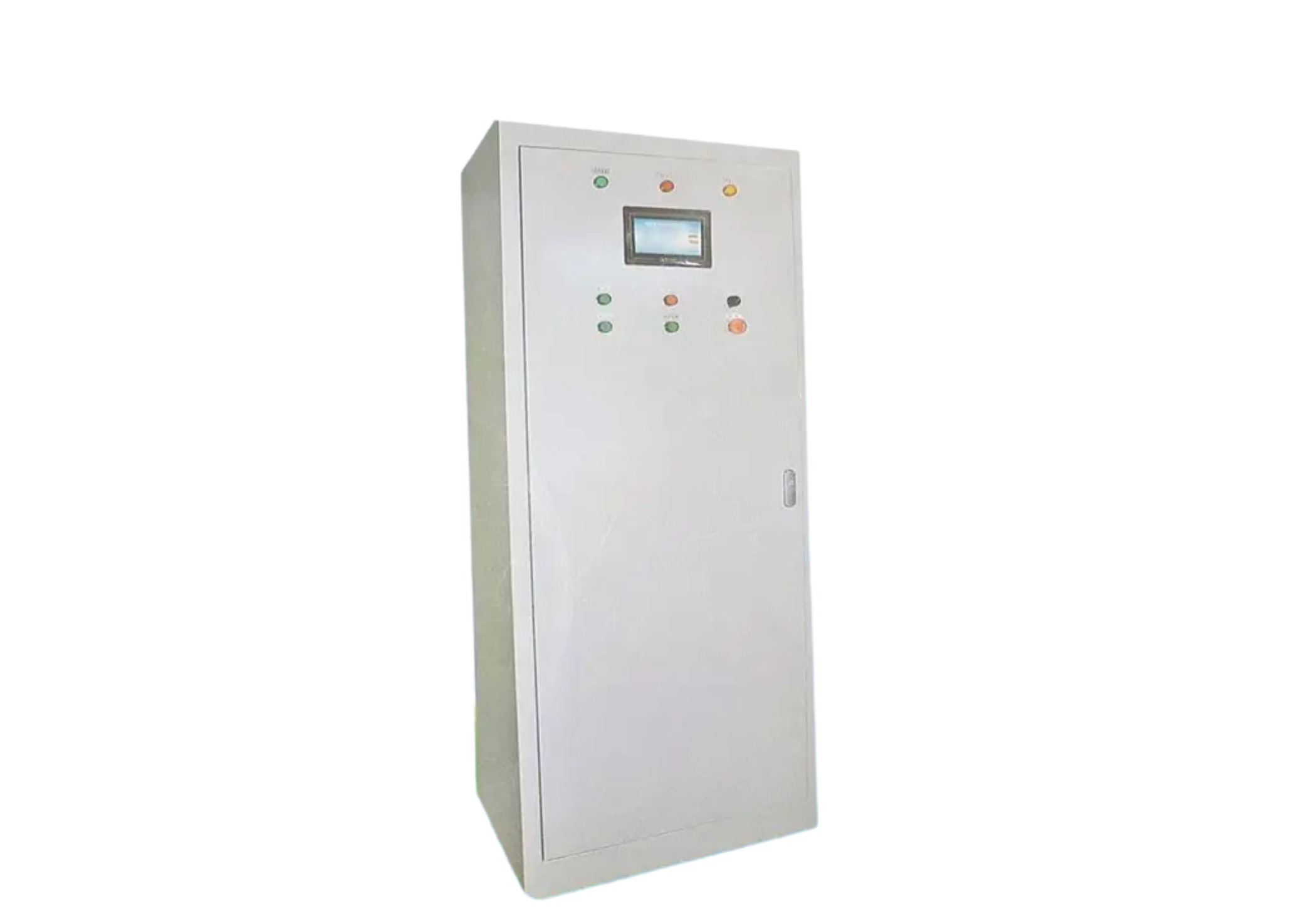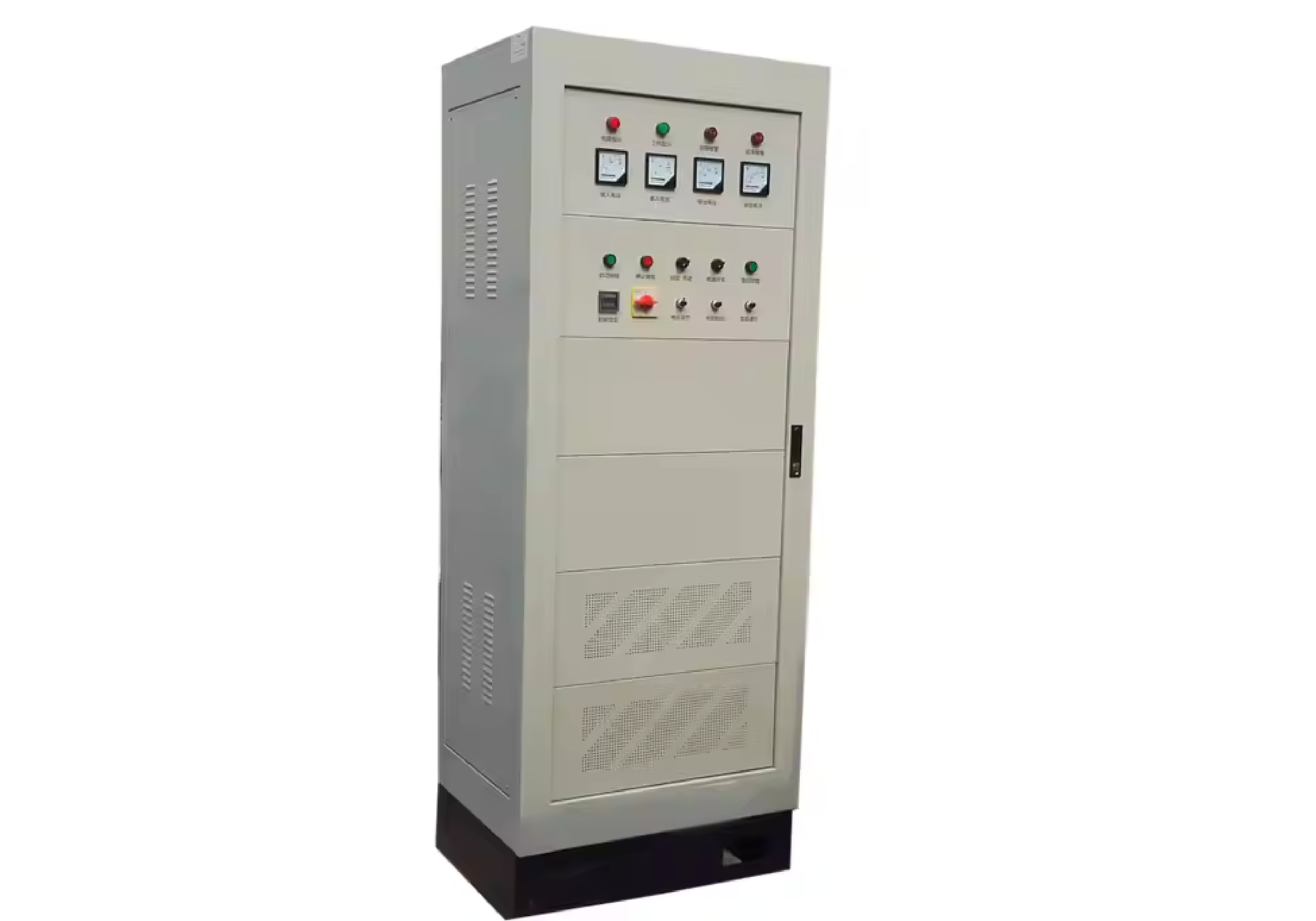System-Level Impact of Dual Thyristor Modules Across Industries
1. Comprehensive Performance of Thyristor Modules in Industrial Applications
The dual thyristor module remains a key driver of innovation in power electronics. Whether embedded in a UPS, controlling a servo drive, or balancing loads in industrial phase control systems, its core attributes — High surge current, low on‑state voltage, and efficient temperature control — make it a foundational component. This article takes a deep dive into the application-agnostic performance of 1600V and 6500V thyristor modules and how they sustain operation in sectors like renewable energy, automation, and critical infrastructure.
2. Current and Voltage Behavior Under Stress
2.1 Surge Management
In high-stress environments such as wind turbines and UPS, modules must tolerate overcurrents far exceeding their nominal ratings. A thyristor with High surge current rating avoids damage during faults, sudden load changes, or energy injection events. Modules are stress-tested for multiple high-current cycles to validate long-term resilience.
2.2 Blocking and Conduction Thresholds
The 1600V modules serve as the workhorse for moderate-voltage subsystems, while 6500V modules engage directly with medium-voltage distribution. During operation, keeping the on‑state voltage close to 1.43V limits thermal buildup and reduces the burden on system-level cooling. This is crucial in servo drives where thermal inertia can degrade motion precision.
3. Thermal Engineering and Package Integrity
3.1 Integrated Temperature Control Features
To ensure thermal stability, many modules include sensors or thermistor feedback paths for real-time temperature control. These integrate into smart cooling systems, adjusting fan speed or coolant flow dynamically. Passive methods like optimized PCB layout and heatsink geometry further enhance efficiency.
3.2 Encapsulation and Mounting
Robust housing materials protect internal structures from dust, humidity, and thermal cycling. Modules designed for wind turbine environments are sealed against salt corrosion and mechanical fatigue. Maintaining low on‑state voltage under thermal expansion is a key design success factor.
4. Control Precision and System-Level Benefits
4.1 Servo Drive Responsiveness
In dynamic applications, servo drives must respond with millisecond-level accuracy. The symmetrical structure of dual thyristor modules ensures predictable switching, enabling synchronized phase control and torque modulation. Low conduction losses support longer operation without overheating.
4.2 Industrial Phase Control Adaptability
Regulating power to heaters, pumps, or compressors involves precise modulation of AC waveforms. Industrial phase control using thyristors ensures reduced harmonics and smooth power delivery. Using 1600V modules in isolated segments and 6500V in high-load segments optimizes cost and performance.
5. Reliability in Renewable and Critical Infrastructure
5.1 Wind Turbine Grid Interface
Wind turbines use thyristors for brake control, generator-side converters, and grid phase alignment. Grid instability requires High surge current tolerance, while temperature control maintains performance despite outdoor conditions. Low on‑state voltage ensures minimal energy loss across wide turbine networks.
5.2 UPS Power Continuity
UPS systems must offer seamless power delivery during outages. Thyristor modules enable fast bypass switching and inverter transfer, while handling surge and thermal transitions. Their role is essential in hospitals, data centers, and industrial plants with zero-tolerance for downtime.
6. Summary
From servo drives to wind turbines, from UPS units to industrial phase control, the dual thyristor module offers unmatched value through consistent performance. With voltage classes like 1600V and 6500V, surge ratings for fault survival, and features enabling low on‑state voltage and dynamic temperature control, these modules power the heart of modern electric infrastructure.






